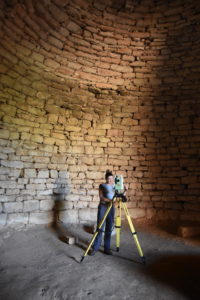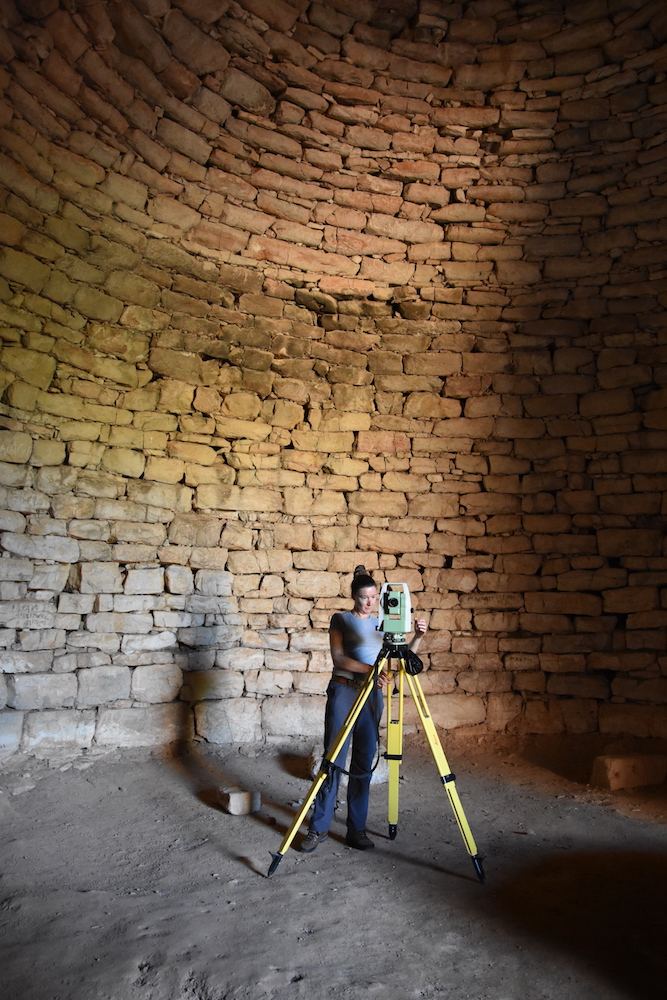Crafting as Making, Thinking and Being (Together)

In the prehistoric Mediterranean, hierarchical societies arose, developing technological systems and production processes for both everyday objects and items of religious and symbolic character, the latter often emulating prestige and luxury. This project investigates how artisans and other social groups involved in these processes of production and social practices reacted to and interacted with specific production demands connected with the formation, affirmation and reconfirmation practices of elites identity. It also enquires into the potential formation of artisans’ multiple identities through crafting.
The project investigates the makeup of material culture and technologies relating to monumental building, and the role(s) the builders, artisans and other parties may have played in status- and identity-formation processes —both those of their own and those of others with whom they interacted— in the period covering both the century before and after 1200 BCE in the Aegean. Can we identify such processes and define the role(s) that the craftspeople played in such contexts, and if so, how? Are these always as clear-cut as usually portrayed? Each moment when people and materials converge, craft activities are at hand. Crafting, or making, is a thoroughly embodied social practice that may be understood both as: artisans (1) being there with each part of their being, and (2) working with a body of raw materials and forming these into newly created bodies/entities that may be called ‘finished products.’ Crafting is about making, about thinking, about ‘being (together)’ with materials and, as people make things, these, in turn, make people. Making is connecting and performing: people to/with each other, people to/with materials, materials to/with each other.
